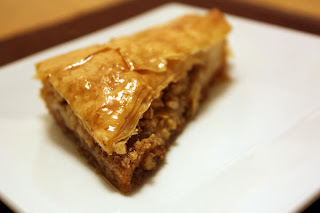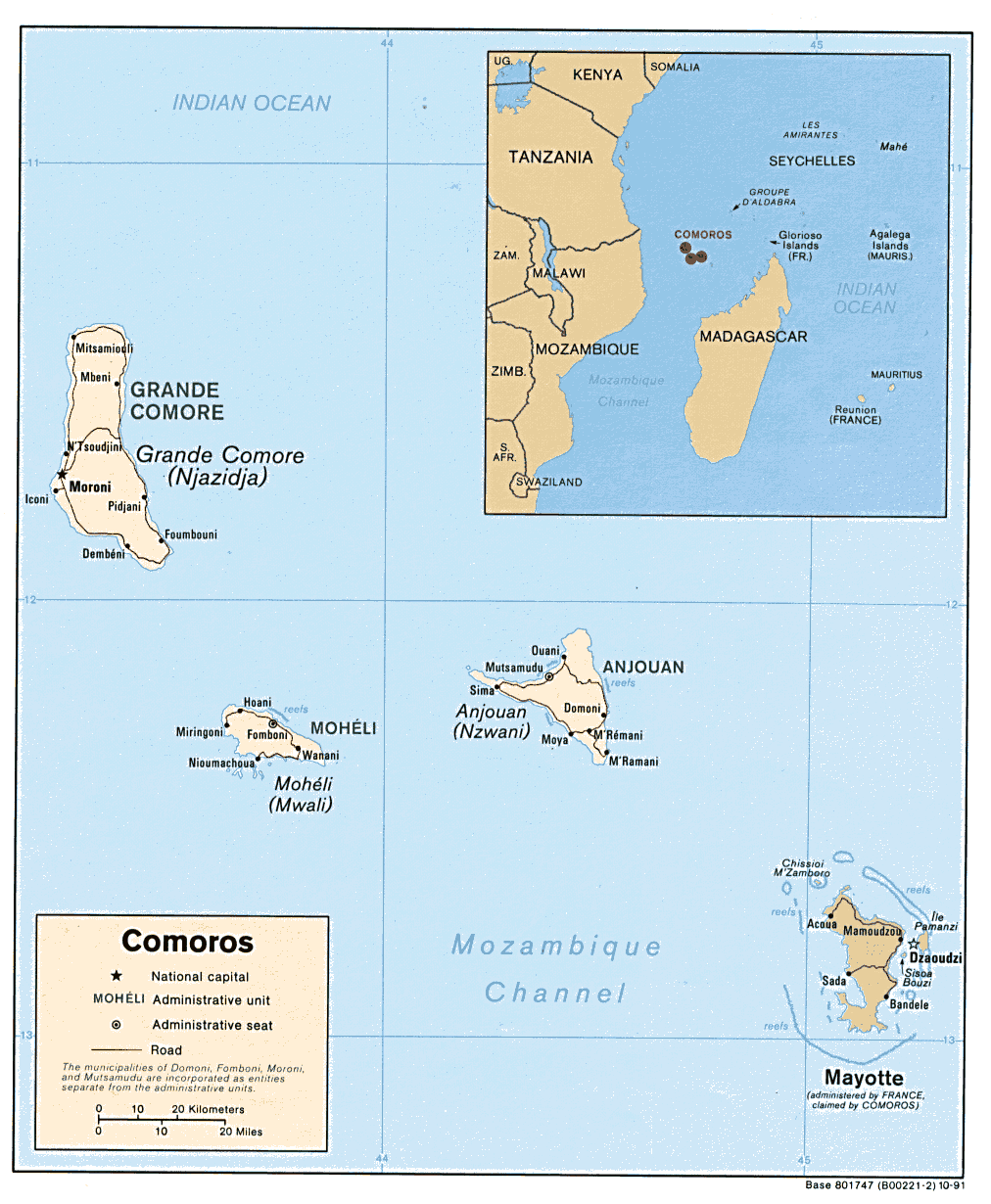
Central African Republic (CAR) is a landlocked country surrounded by 5 different countries. It is considered one of the poorest country in the world and it tops the ten of the poorest country in Africa. Much of the country consists of flat, or rolling plateaus with 8% of it covered by forest.
CAR is slightly smaller than Texas. The climate is tropical with hot, dry winters and mild to hot, wet summers. There seems to be not so much information about this country. Even when I did a search on Wiki, there was not that much history about the country. In terms of cuisine, this country tends to be very traditional and does not have too much influence from the Western world. They use the cassava, plantains and peanuts a lot in their meals. Some of their dishes are very similar to Congolese food. I tried to stray a bit away from it this time and only cooked two dishes made of their commonly used peanut butter stews.
Kanda ti Nyma Recipe (Beef Meatballs with Peanut Butter Stew)

Ingredients
450g minced beef
2 large onions, finely chopped
2 eggs, beaten
1 chilli, finely chopped
2 garlic cloves ,finely chopped
2 tbsp palm oil or groundnut oil
12 okra, sliced into rings
100ml peanut butter
200ml warm water
Preparation:
Mix the beef, half an onion, chilli, garlic and eggs together, Shape into small balls and place in the fridge to set.
Fry the remaining onion in the oil until browned then add the okra and fry for a few minutes. Mix the peanut butter and water together and blend to a smooth paste. Pour into the pan, bring to a simmer and add the meatballs. Continue cooking for abut 25 minutes until the meatballs are cooked through and the okra is tender. Serve with rice.
Honestly, this dish was delicious. Besides the weird peanut buttery sweet with the savory taste, the meat balls were divine. It was my first time ever making meat balls from scratch and now I am encouraged to make it more in other forms of dishes. I can not wait. The peanut sauce was pretty good except that I did not follow the complete directions from the recipe. I added only a small amounts of the peanut butter sauce as I did not want it to be too sweet. I suggest doing that from experience. The cassava with peanut butter from the Congo recipe was way too sweet that I did not enjoy the dish. I was very glad I made this dish and it was delicious.
Spinach Stew (recipe byEsther Westerveld westher)

Ingredients:
2 small onions, finely chopped
2 tablespoons oil
2 tomatoes, peeled, and sliced
1 green bell pepper, chopped
2 pounds fresh spinach, chopped,
OR
2 small packages frozen spinach
1 teaspoon salt
2 chili peppers,
OR
1/2 teaspoon cayenne pepper
4 tablespoons peanut butter
Preparation:
In a heavy skillet or stew pot, saute onions in moderately hot oil until golden. Stir in tomatoes and green pepper. After a minute or so, add spinach, salt and hot pepper. Cover, reduce heat, and simmer for 5 minutes. Thin peanut butter with several tablespoons of warm water to make a smooth paste. Add to the pot. Continue cooking for another 10 - 15 minutes, stirring frequently, and keeping a close watch to prevent burning. Add small amounts of water as necessary so that the stew doesn't stick to the pot bottom. Serve with rice or a stiff porridge.
The spinach stew was decent. Greg enjoyed it thoroughly. I thought it kinda of had a hint of the cassava peanut butter dish from the Congo. It was not as harsh with the peanut sauce because I did cut my use of it, but it still had that vibe. I can live without the dish. BTW, I went to Safeway to get my ingredients and it was freakin' expensive. I am now trying to stay away from that supermarket for now on. They are a rip off.
As much as I did not want to cook African food this week, I was satisfied with it. I think partly because I have not eaten African food for awhile. Let's see how long this will last. I let Greg pick the next one as he commonly rubs it in that he never picks countries in Africa! Well, guess what he picked this time?

South Africa....Well, at least he had good timing because it is where the World Cup is being held. I guess we'll celebrate to that.



























